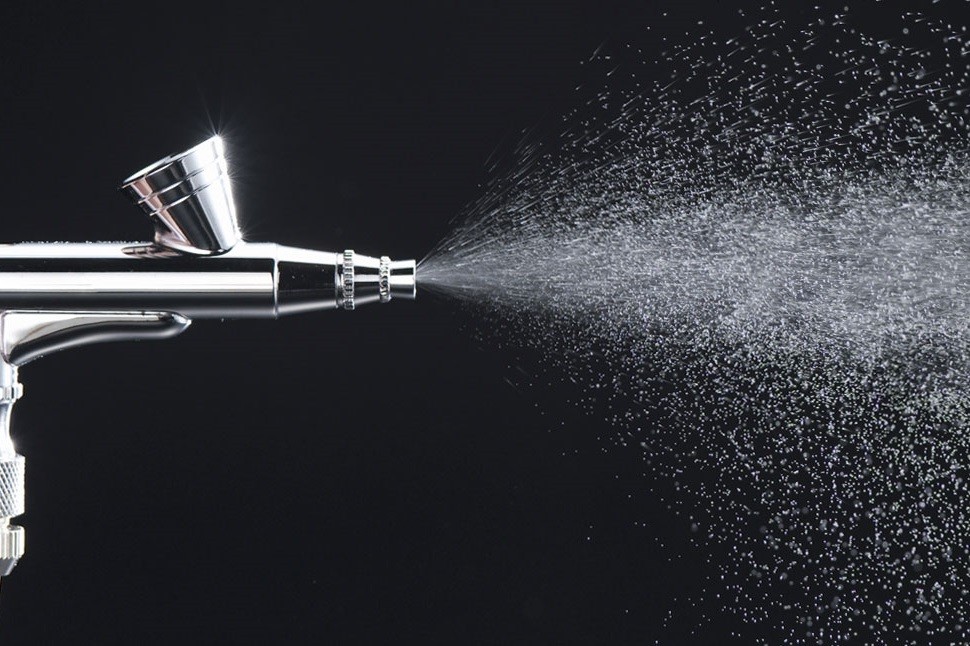
Author: Ali Kosari Mehr
Spray coating
Being a thick film deposition method, spray coating is comprised of the process in which a substrate is coated with a liquid suspension atomized, with its thickness capability, ink viscosity range, and powder loading being 1-100 μm, <5 mPa-s, and <5 vol%, respectively. Accordingly, one can atomize the liquid suspensions by various means; however, a common deposition process is usually utilized for all of them. Illustrating this point, one can refer to the atomization means of air atomization and electrospray. As for air atomization, a gas rapidly passing over an aperture including the ink causes the atomization of the liquid ink due to the different pressure present in the gas flow and the ink container. Thus, drawn into the gas flow, the ink is divided into small droplets conveyed by the gas flow.
With respect to electrospray, pumped through a nozzle held at a high electrical potential relative to the substrate to be deposited, the ink is atomized resulting in liquid droplets being drawn toward the substrate. Furthermore, although substrates are generally chosen to be conductors in this means, thin substrate wafers can also be placed between the nozzle and a conducting plate grounded in order to obtain similar results.
Regardless of the means deployed for creating the aerosol, inks should have the following conditions: First, liquid droplets must be formed before deposition, requiring a low surface tension. Second, liquid droplets must remain liquid before reaching the substrate surface, as a result of which their evaporation rate should be slow. If becoming excessively dry, liquid droplets cannot spread over the substrate, culminating in a very rough film or a film not properly adhering to the substrate.
References:
- Dorey R (2012) Thick-film deposition techniques: How to make thick films – the processing techniques used to create films. Ceram Thick Film MEMS Microdevices 63–83. Webpage
-
 20 Aug, 2022What is Auger electron spectroscopy?
20 Aug, 2022What is Auger electron spectroscopy? -
 13 Jul, 2022Classification of vacuum pumps
13 Jul, 2022Classification of vacuum pumps
